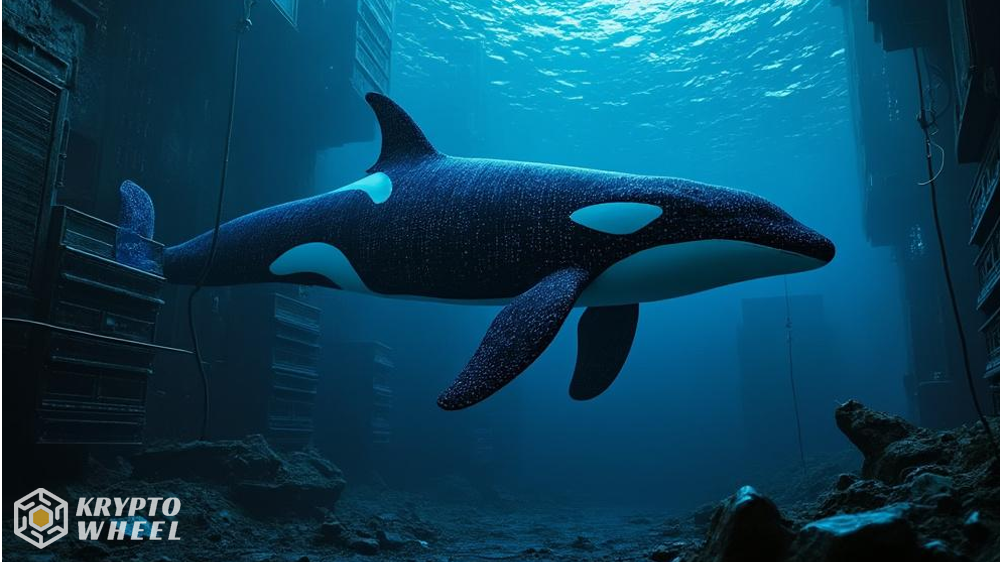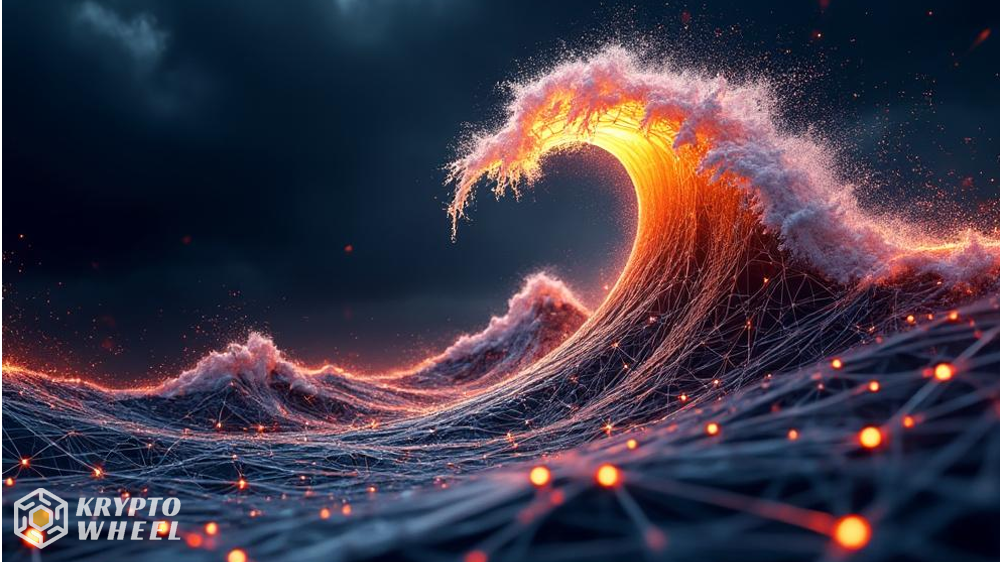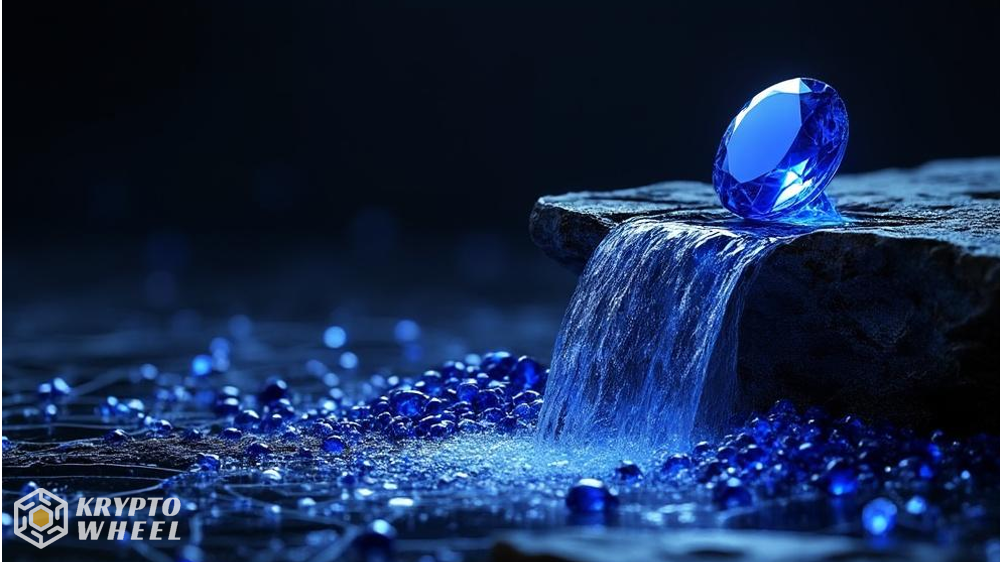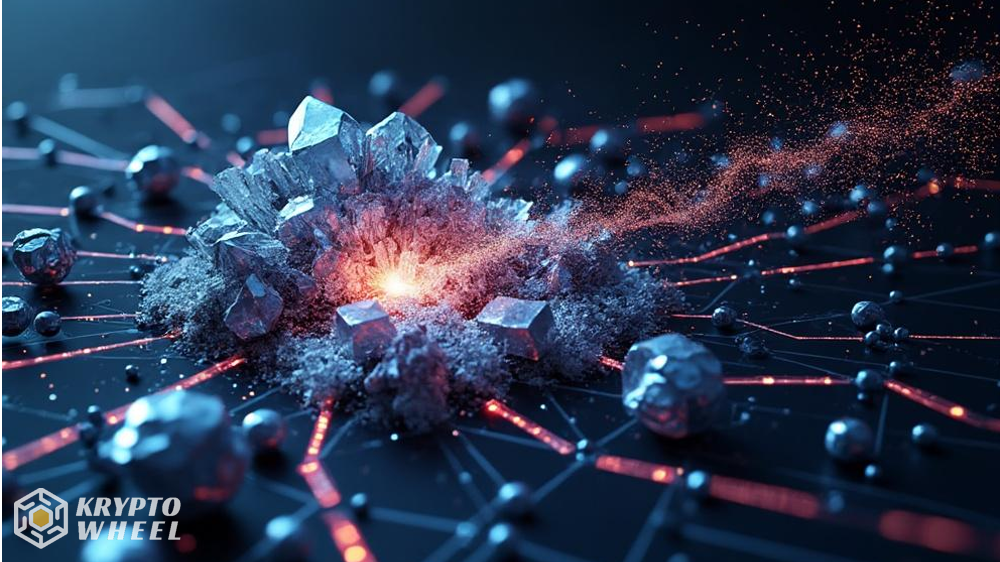Second season arrives with little fanfare
Killer Whales, the crypto-focused reality show from Hello Labs and CoinMarketCap, quietly launched its second season in May. The premiere happened without much media attention, which perhaps says something about the show’s reputation after its first outing. I think the lack of promotion might be telling – when you’ve got something good, you usually want people to know about it.
Episodes one through four are now available for free on YouTube, but viewership numbers tell a story of declining interest. The first episode managed around 25,000 views, but by episode four, that number dropped to just hundreds. That’s quite a steep decline, and it makes you wonder if people are just losing interest or if the content isn’t holding up.
Production quality and questionable choices
Watching the show feels like a strange experience. The set looks cheap, the writing comes across as bland and corny, and there’s this parade of judges that don’t exactly inspire confidence. You’ve got crypto exchange executives who aren’t particularly well-known, influencers with questionable follower counts, and then Anthony Scaramucci – yes, that Anthony Scaramucci – who gets significant screen time alongside Mario Nawfal.
One particularly odd choice was featuring Aiden Ross for about three minutes in the first episode and then never bringing him back. Ross has some, well, let’s call them controversial associations. Why include someone like that for such a brief appearance? It feels like a strange production decision that doesn’t serve any clear purpose.
Shark Tank comparisons fall flat
The show tries to position itself as a crypto version of Shark Tank, but the comparison doesn’t really hold up. In Shark Tank, the judges are putting real money and resources on the line. Here, it’s not entirely clear what the projects actually win. The show mentions $1.5 million in prizes and something about a CoinMarketCap accelerator program, but the details are vague.
Even if we assume the prize money is real, when you divide it among multiple projects, we’re talking about relatively small amounts – maybe a couple hundred thousand dollars each. For crypto projects that have already raised millions in venture capital, that’s not exactly game-changing money.
Questionable project selection
The projects featured range from memecoins to what appear to be potential rugpulls. There’s one moment where the judges accidentally fund a Solana sniping bot, which seems like an odd thing to support. Another project, TransHuman Coin, describes itself as pushing humanity’s capabilities and not accepting death and disease as given. That’s quite the ambitious mission statement for what appears to be just another token.
Interestingly, the only two projects that saw their token values increase since the show aired weren’t even funded by the judges. That might be telling us something about the judges’ selection process, or perhaps just about market dynamics in general.
Fundamental storytelling problems
The show struggles with basic narrative structure. There’s no clear beginning, middle, and end across the five episodes. The rules aren’t properly explained, and there’s no real buildup or tension. It feels like they took the least appealing aspects of Shark Tank and The Apprentice and mashed them together without understanding what makes those shows work.
Perhaps the biggest issue is that most of these aren’t businesses in the traditional sense – they’re memecoins and tokens with questionable utility. The concept of a crypto-focused reality show could work, but it needs actual businesses and ventures, not just speculative assets.
At the end of the day, Killer Whales season 2 feels like a missed opportunity. The crypto space has plenty of interesting projects and founders with compelling stories, but this show doesn’t seem to have found them. Instead, we get a poorly executed production that fails to engage viewers or properly showcase what the crypto ecosystem has to offer.










